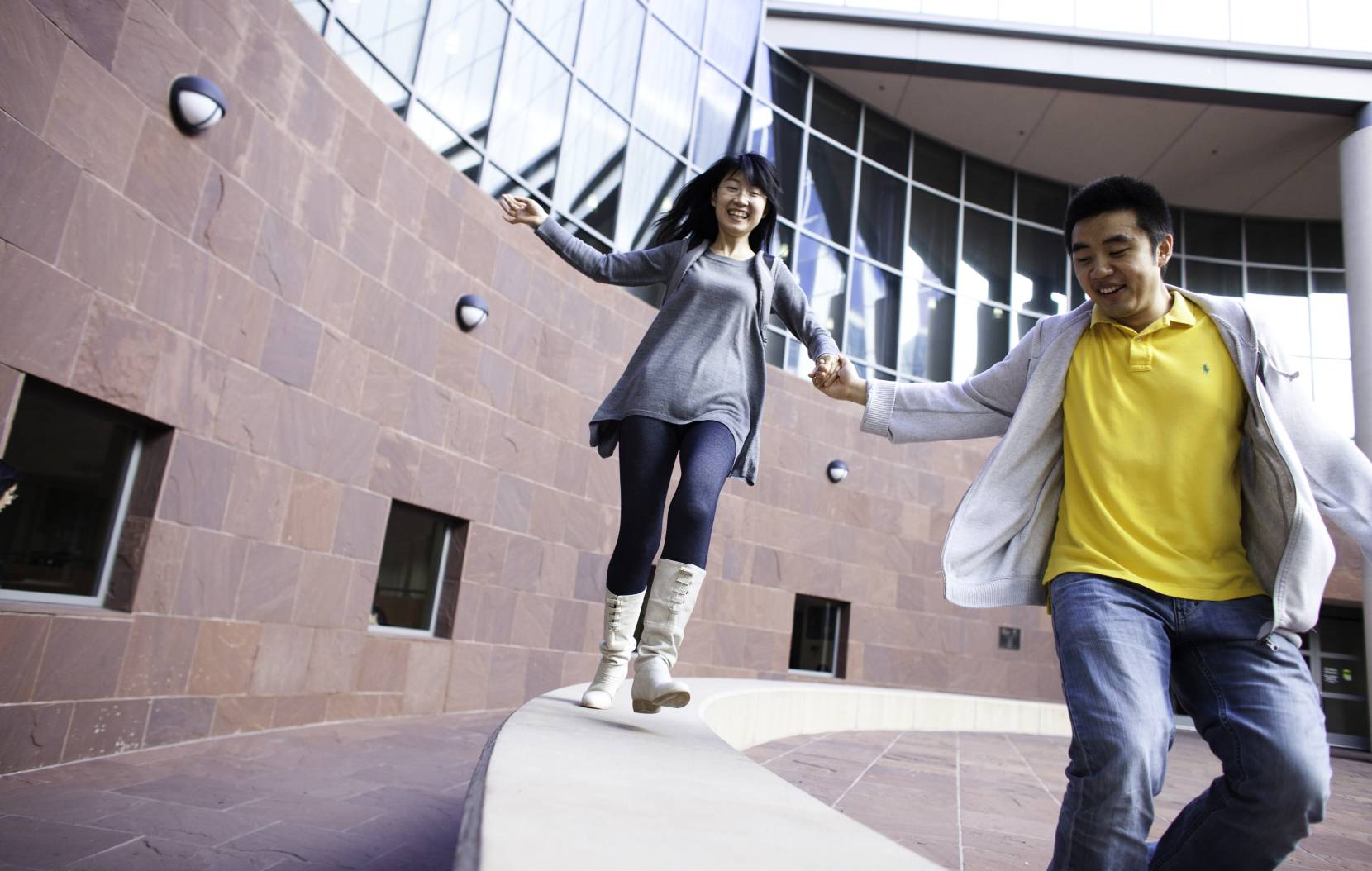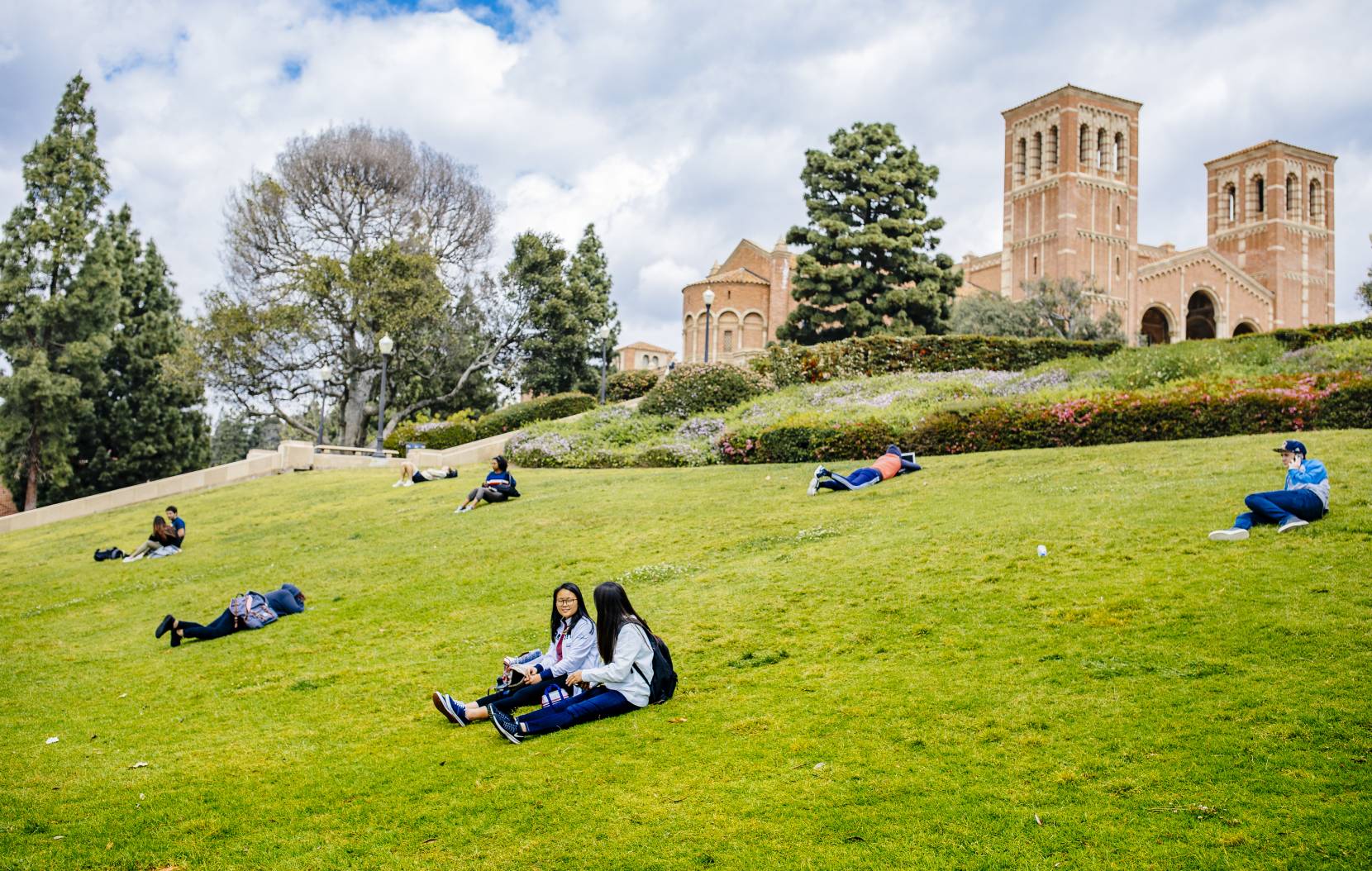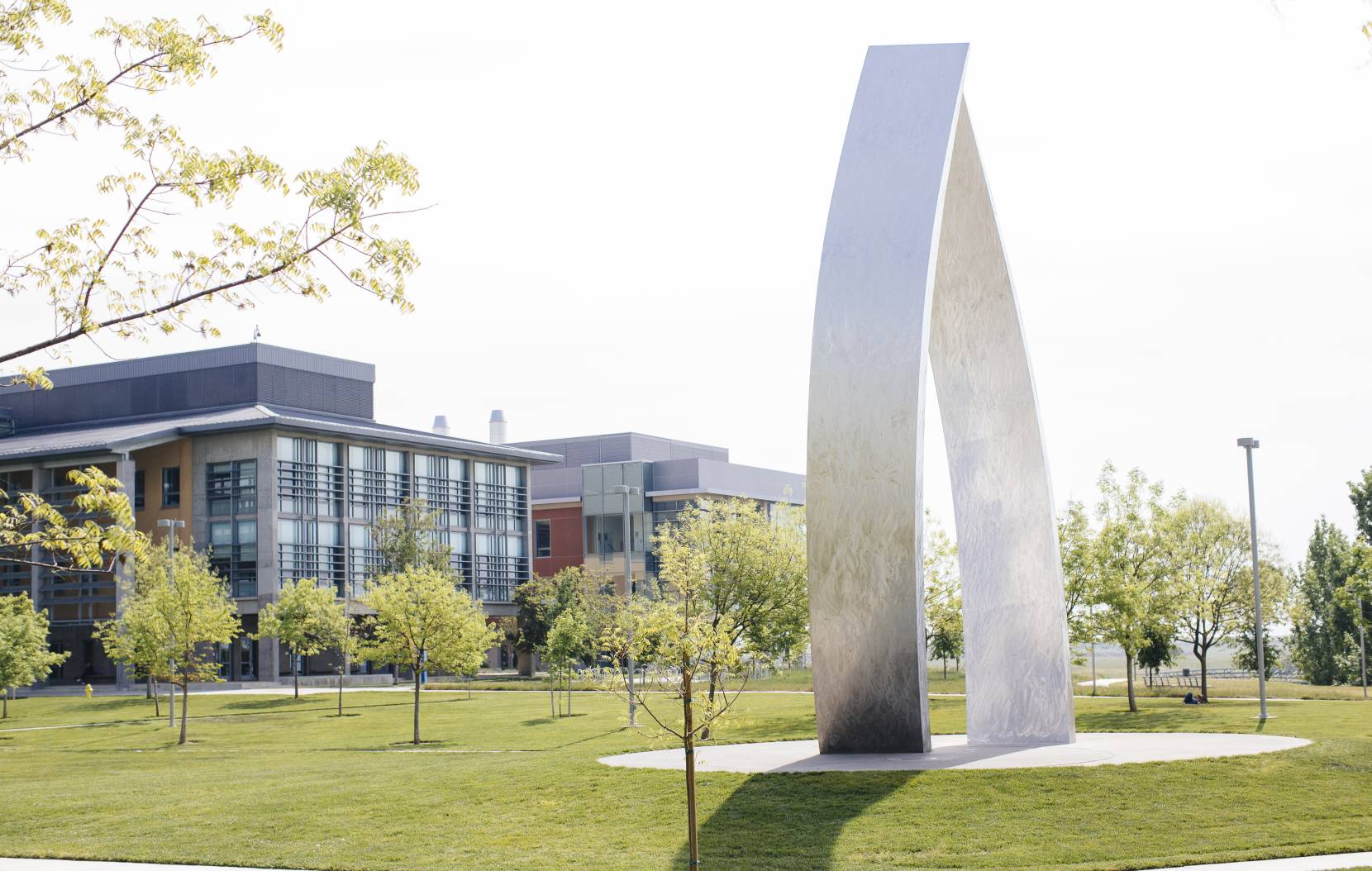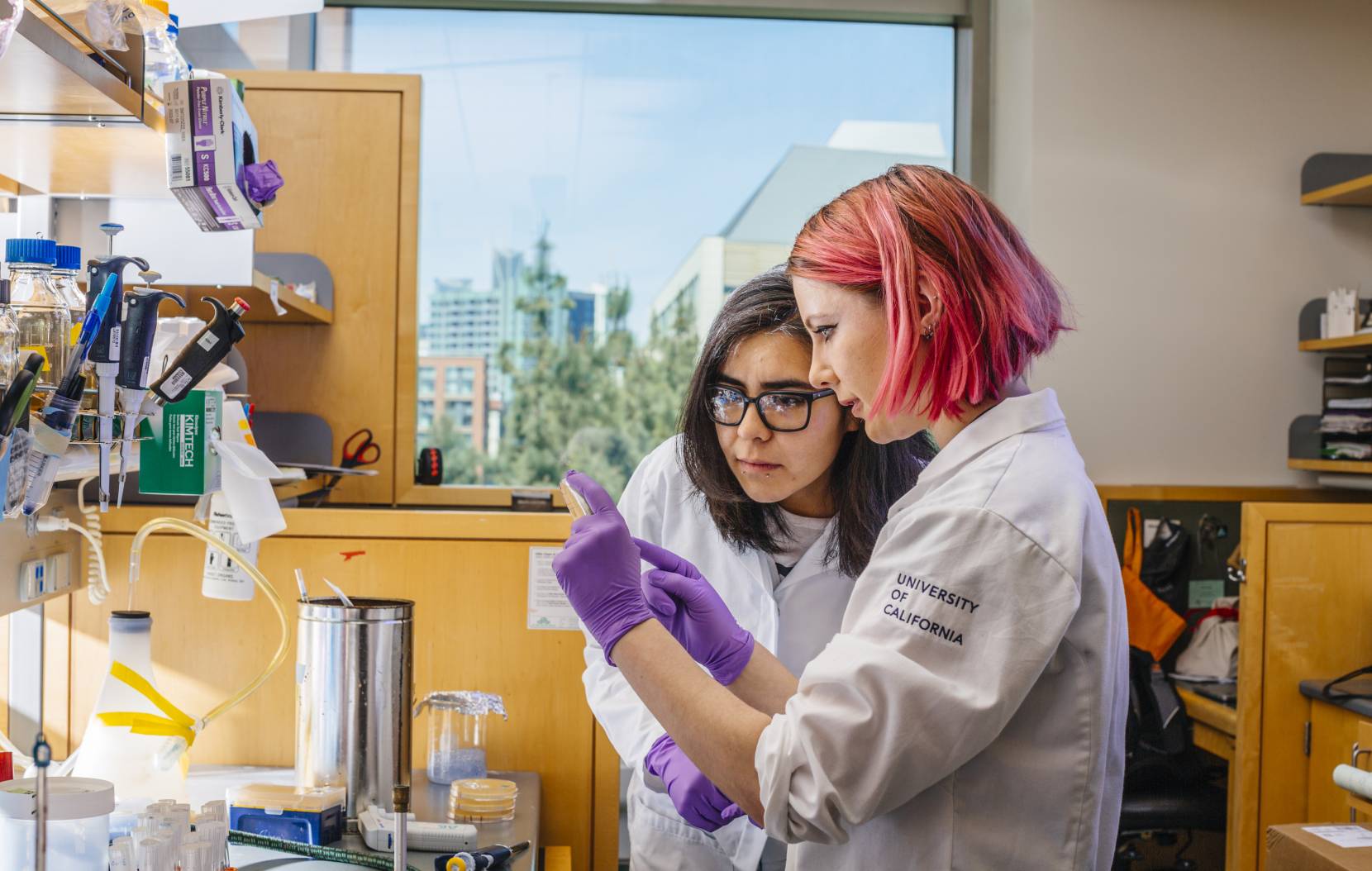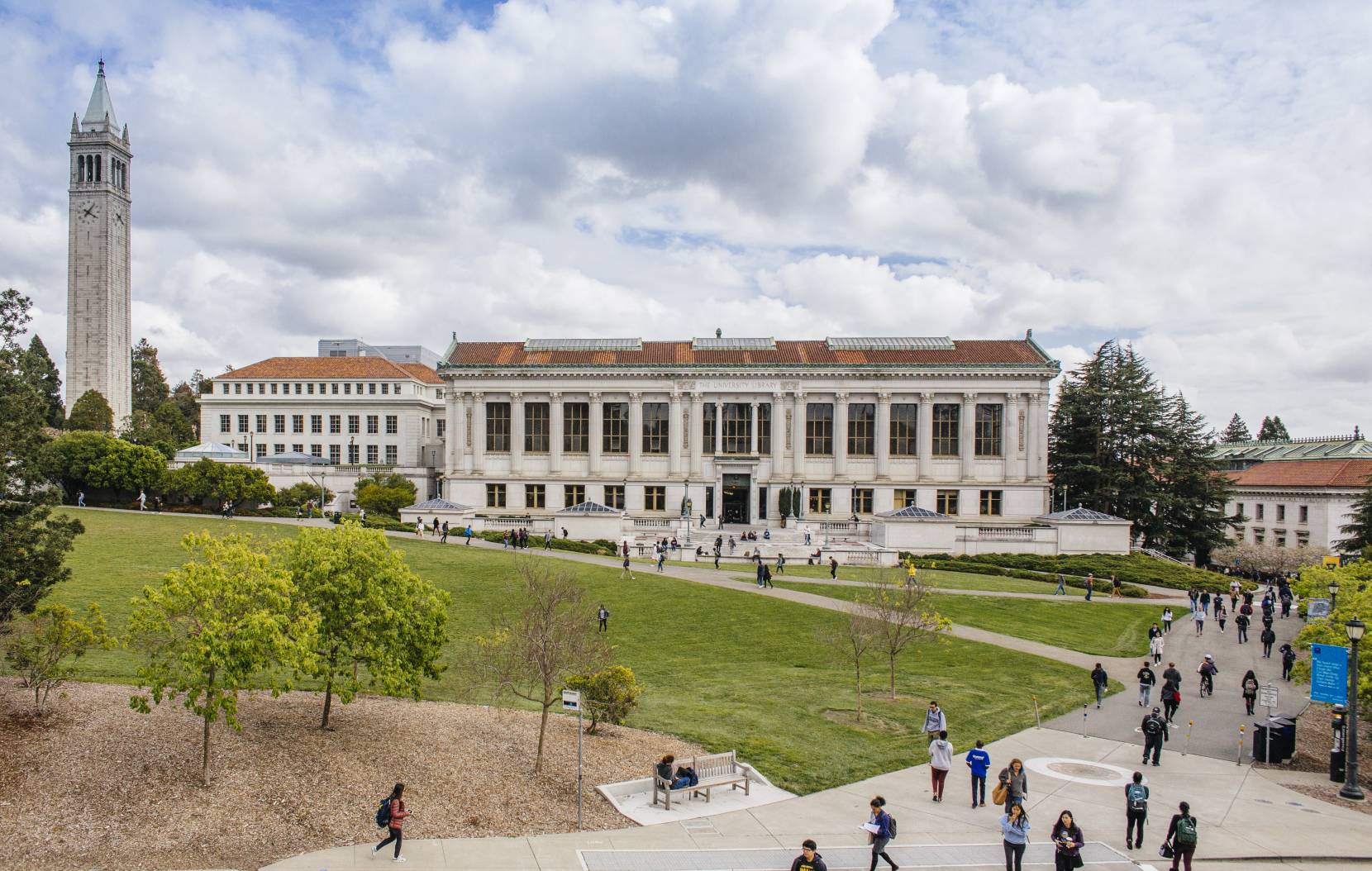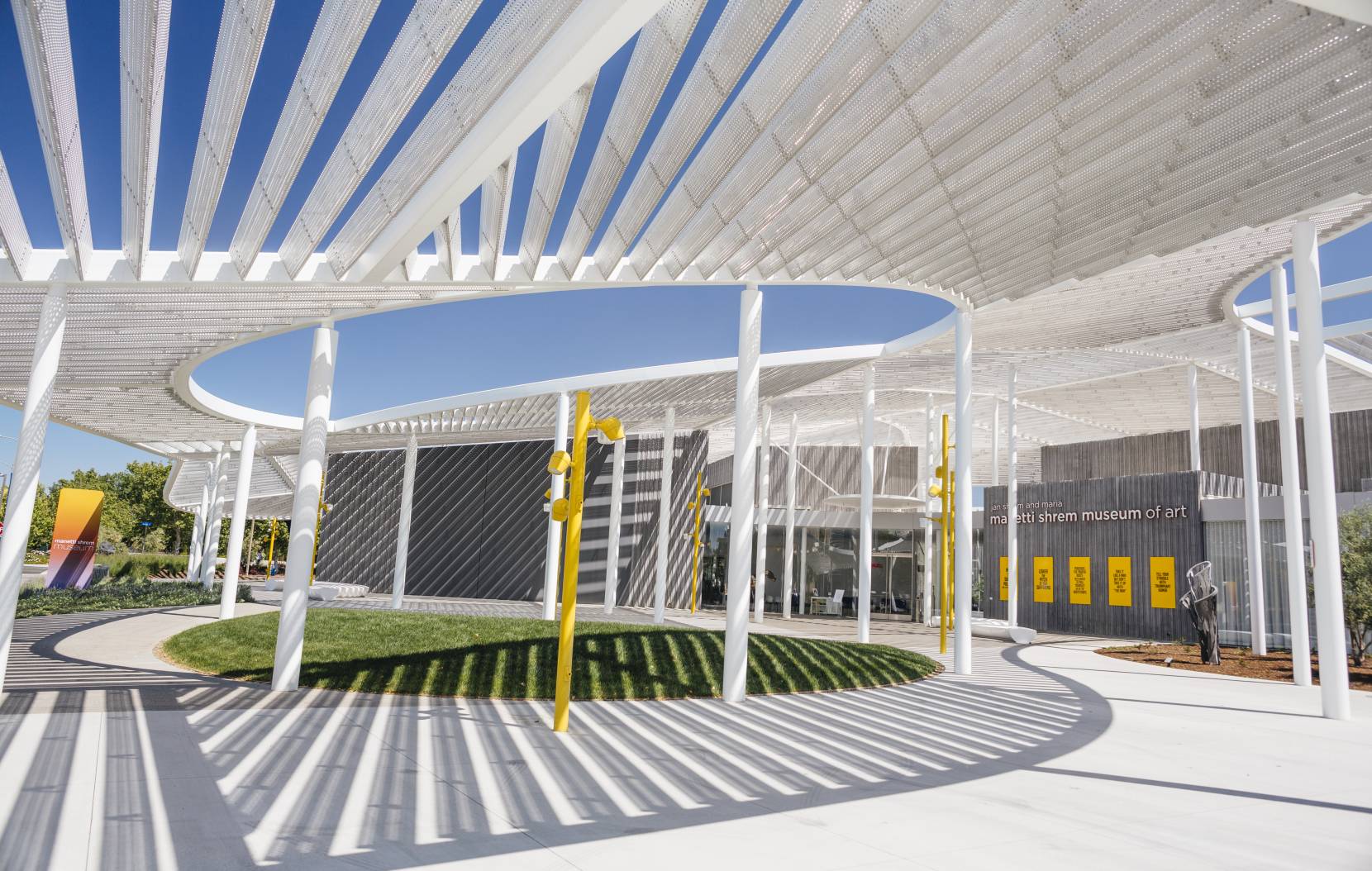Save water, cut carbon, protect wildlife
UC researchers have devised one simple solution to three big problems facing California: Introducing solar over-canals.
Covering as much of California’s 4,000 miles of aqueducts with solar canopies as possible could save billions of gallons of water each year and produce enough clean energy to power a city the size of Los Angeles for nine months of the year.

Back from the brink
Once almost extinct in the United States, peregrine falcons are back — and nesting at UC Berkeley. Meet Annie, who is currently raising her fluffy new chicks before a global audience on the wildly popular CalFalcons livestream.
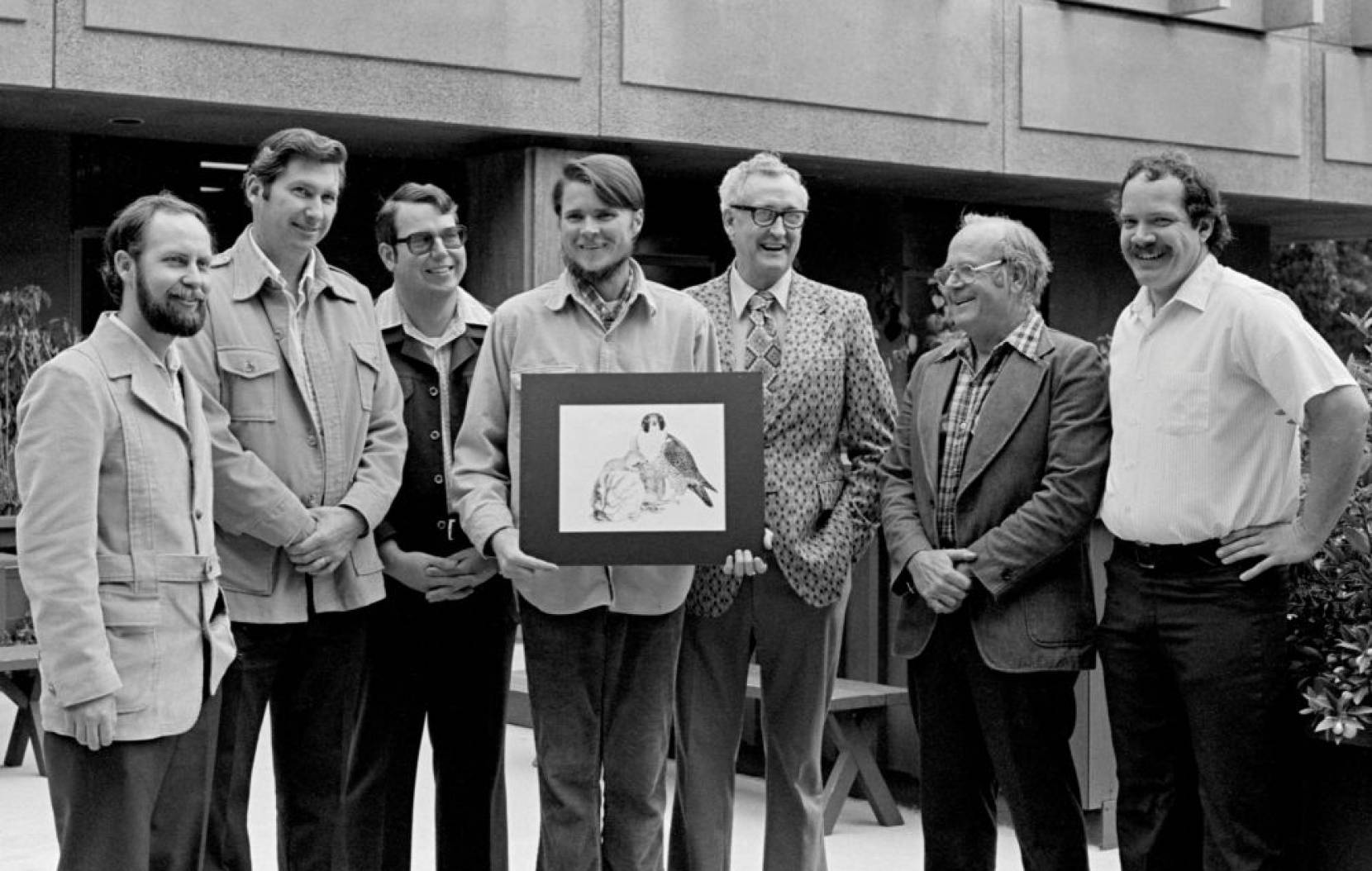
A decades-long conservation legacy
In the 1970s, when the UC Santa Cruz Predatory Bird Research Group was tasked with helping peregrines recover, there were only two breeding pairs left in the state. Now they thrive across California, with nests at UC Berkeley and the UC Davis Medical Center. Learn more about their work and other animals UC has helped save from extinction.
Breaking news
UC enrolls its largest class in history
The number of undergraduates rose to a record-breaking 233,272, with California students comprising 83.4 percent. Out-of-state enrollment dipped to its lowest level since 2017.
Explore the UC story through data
See detailed metrics on student enrollment, graduation rates, alumni outcomes and more about the University.
82% of undergrads come from California
2 out of 3 California students who applied last year got in.
54% of California undergrads pay no tuition
UC has one of the strongest financial aid programs in the nation.
86% of undergrads earn a diploma
Most students complete their studies in just over four years.



